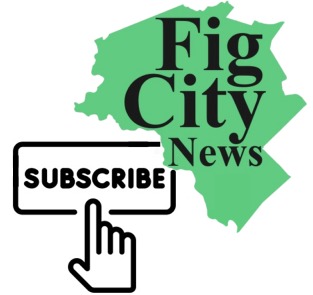With the controversy around the siting and permitting of the Newton Center for Active Living (NewCAL) now behind us, it is time for the community to focus on the interior design of the building, specifically its accessibility to older adults, including those who are visually impaired.
Newton’s Senior Center has been bursting at the seams for years and it is nice to see that its replacement is not only moving forward, but that construction will commence later this year. Newton’s older adults deserve a first-class venue with vibrant programming and boundless opportunities for new friendships to develop.
As people age, new challenges with vision arise. These difficulties range from the simple, such as presbyopia or the loss of elasticity in the lens of the eye that makes things more difficult to read at close range, to complex issues like glaucoma that pose major vision risk.
The result is that by the time a person reaches their sixth or seventh decade, vision limitations can affect quality of life, sometimes severely.
To give you a sense of the data, consider low vision, which is a condition where eyesight cannot be restored to normal vision with eyeglasses or bifocals. People with low vision can’t cook, read a book or even read street signs.
At the age of 45, one percent of the population is affected; at 75, it is five percent; and at 85, 15 percent of the population has low vision. Beyond low vision, a number of eye diseases also occur at high rates in older adults. Some of these, like cataracts, can be addressed by surgery. Others, such as age-related macular degeneration and diabetic retinopathy, have fewer treatment options and can lead to blurriness and glare, among other things. Roughly one in three people has some form of vision-reducing eye disease by age 65. If Newton is representative of this national data, a third of the NewCAL users will have serious visual challenges.
That is why the architects designing NewCAL must be sure to create a public space that accommodates people with visual loss, as well as people who have mobility loss and other disabilities.
For example, hallways should be at least a double width that accommodates not only a person using a wheelchair, but one with a probing — or white — cane or someone needing a sighted guide.
For those with low vision, contrast is essential, particularly near doorways and signs. Door frames and doors should be painted a different shade than the walls. Glass doors can wreak particular havoc for those with low vision. If they must be part of the design, they should have bold, wide, eye-level stickers.
Signs should have extra-large lettering and should also have Braille that is tested before the building opens. Surfaces near stairs, elevators and ramps should have rippled, blistered or other textures to indicate to those with low or no vision of an impending grade change. First and last steps on stairs should be a different color than the floor around them. Handrails similarly should have a different color than the wall. More broadly, the layout of this new building should be similar from floor to floor.
People with vision loss are at a greater risk of depression and isolation. It is for this very reason that NewCAL will be so important for this population. It will provide a safe and comfortable gathering space. It is essential that the building’s interior design accommodate people with all types of disabilities, including low- or no-vision. The Carroll Center for the Blind stands ready to be both a resource in this process and for the entire Newton community. We can provide real-world feedback to plans and designs. Other organizations, like the Boston-based Institute for Human Centered Design, can also be a critical resource to architects.
It took several years, dedicated city leadership, and more than a few tense neighborhood meetings to get to where we are today, on the verge of a NewCAL groundbreaking. Let’s make sure we arrive at a design that will accommodate us as we age, and as we struggle with declining vision.
Greg Donnelly is president & CEO of the Carroll Center for the Blind in Newton, Mass.


